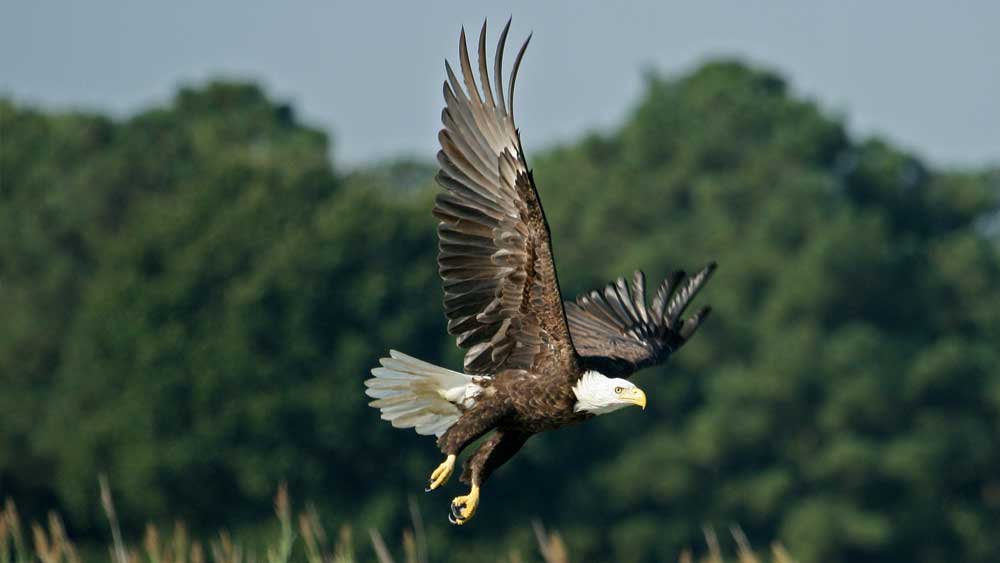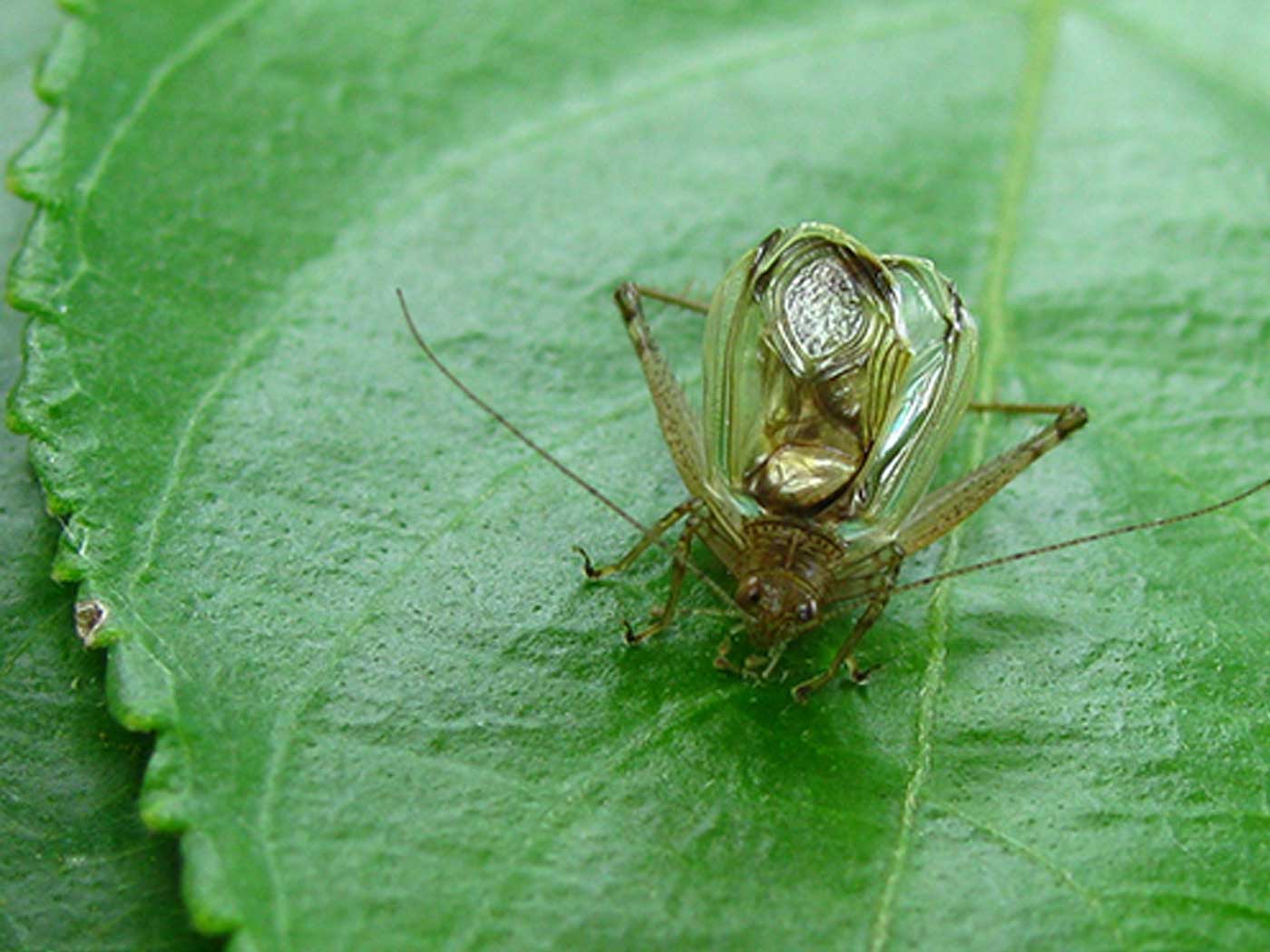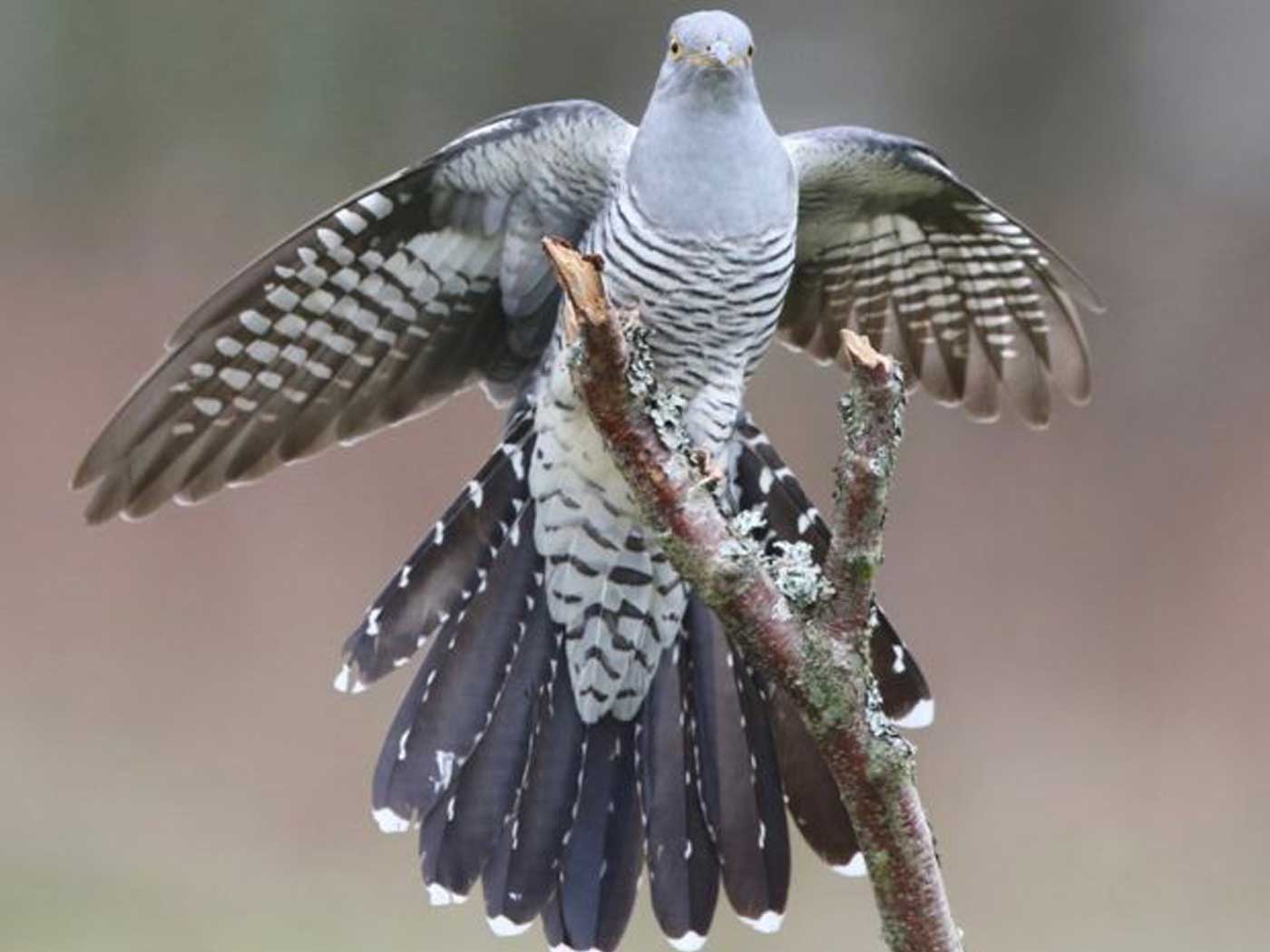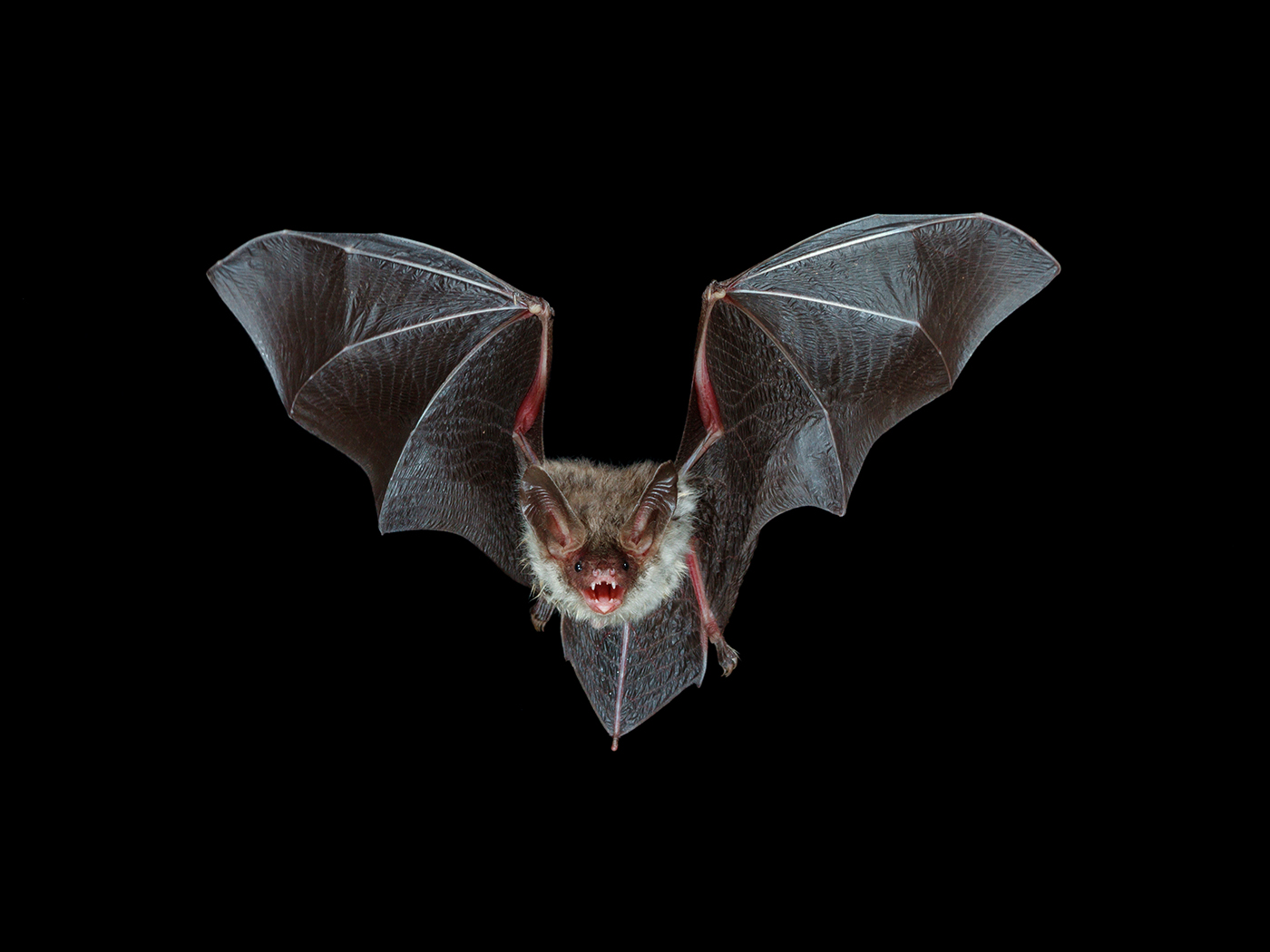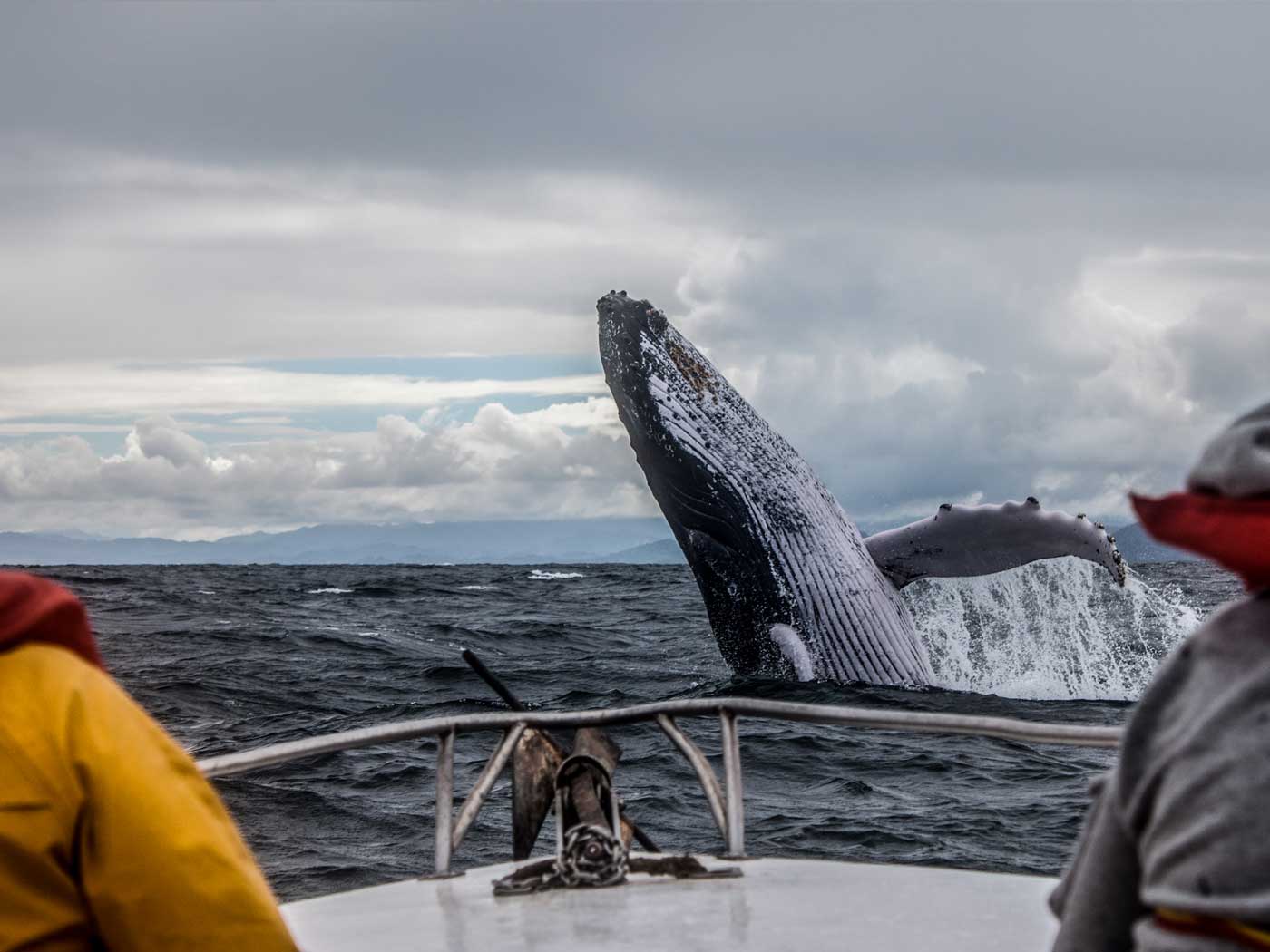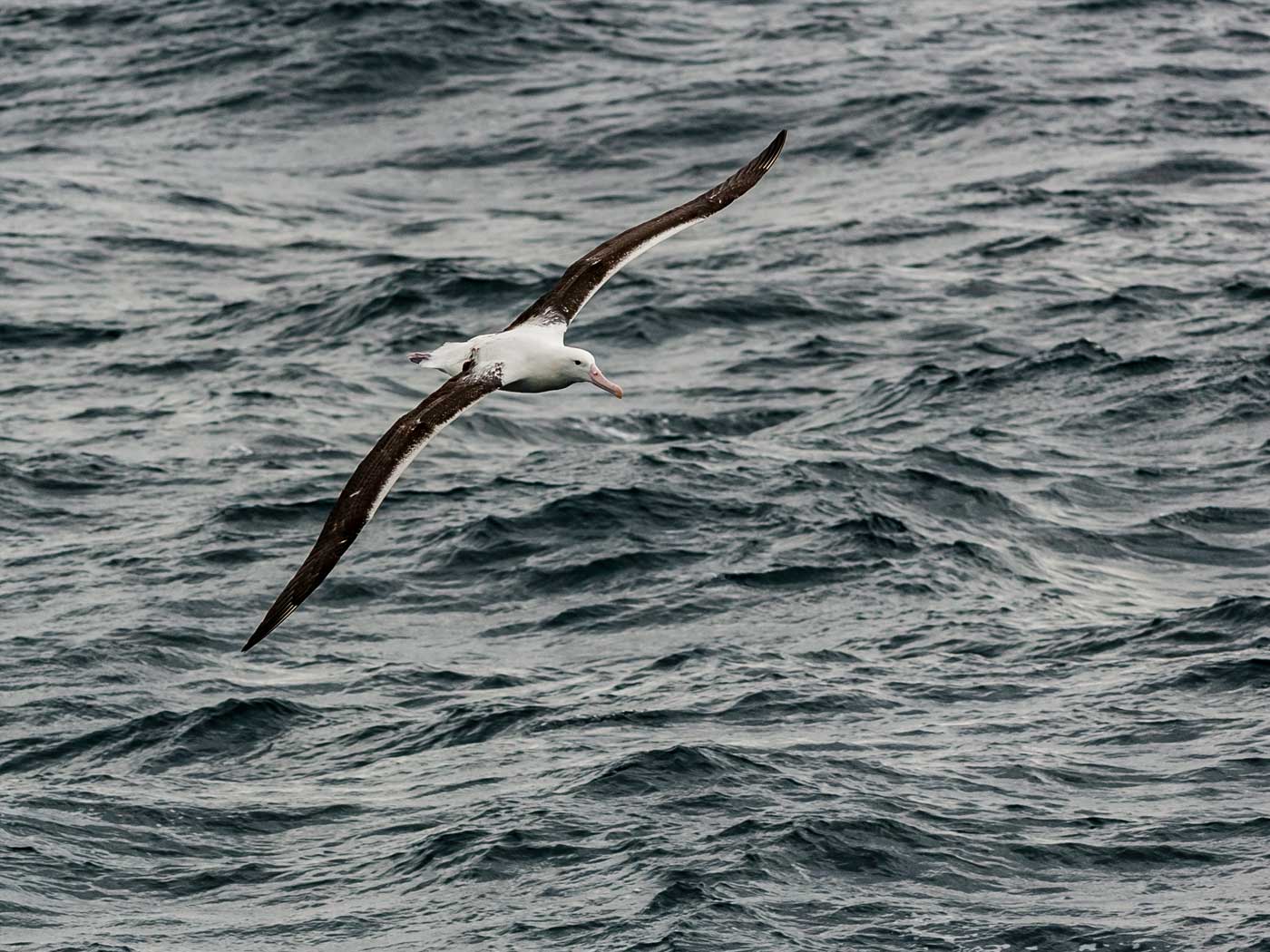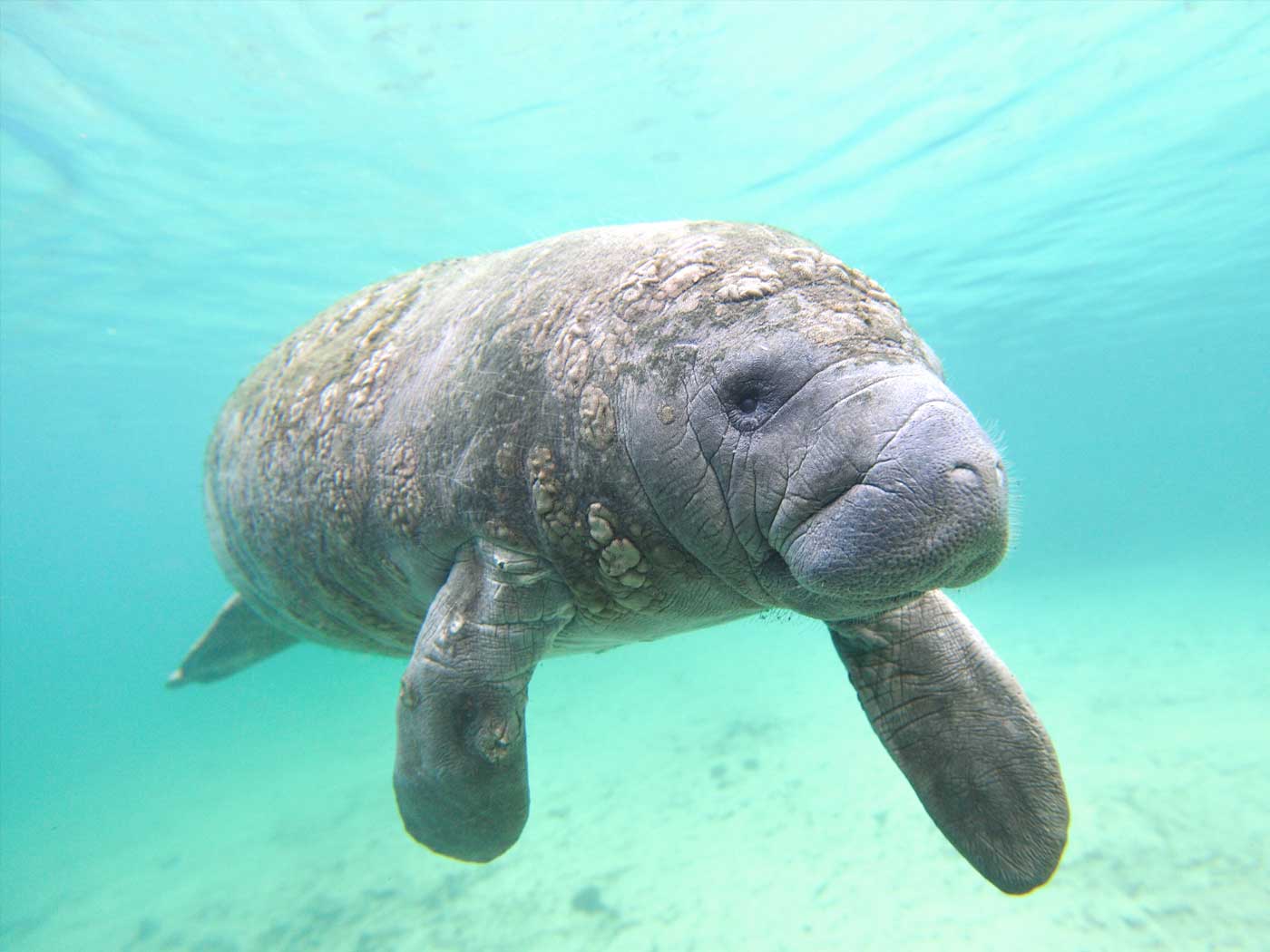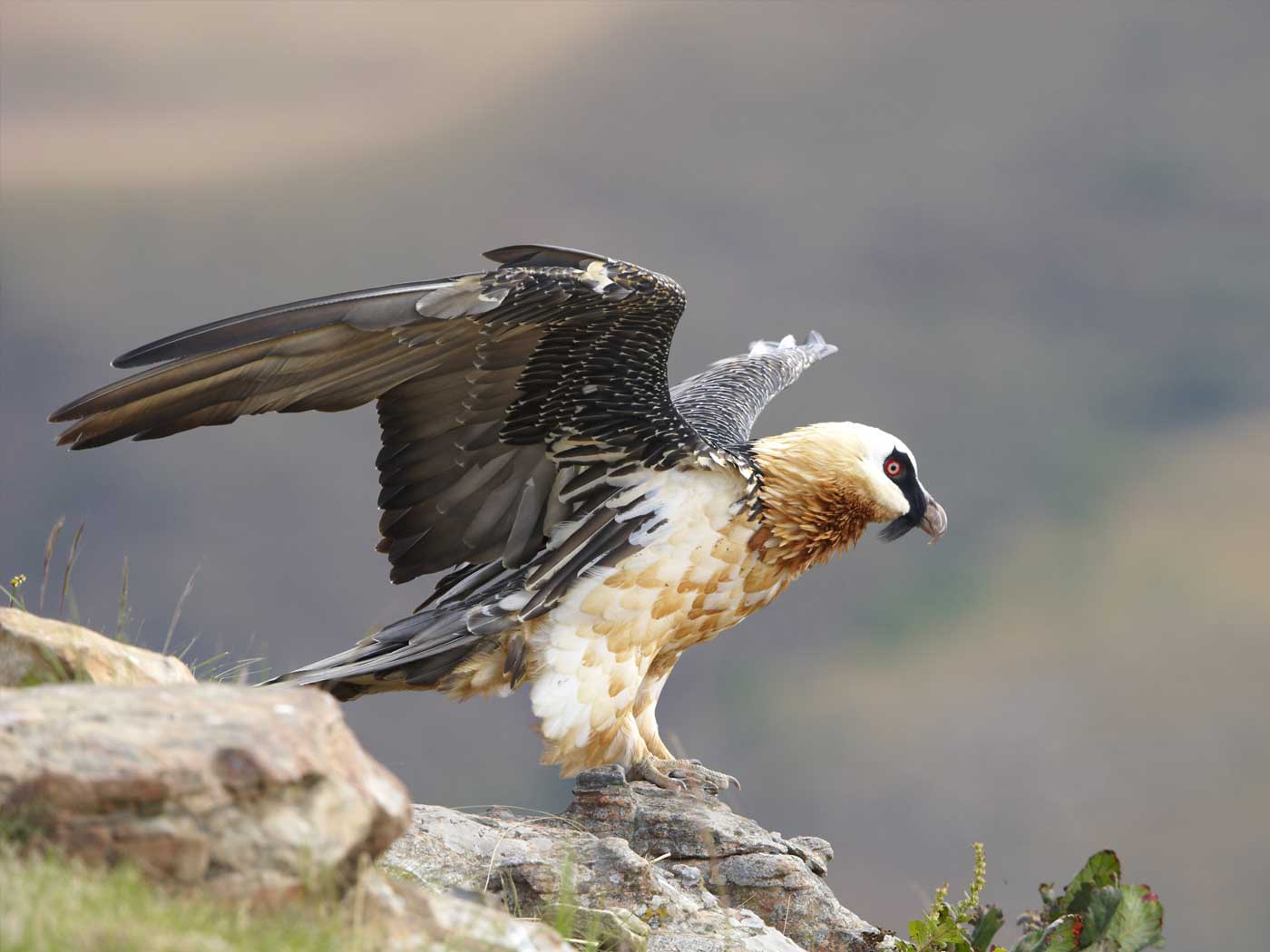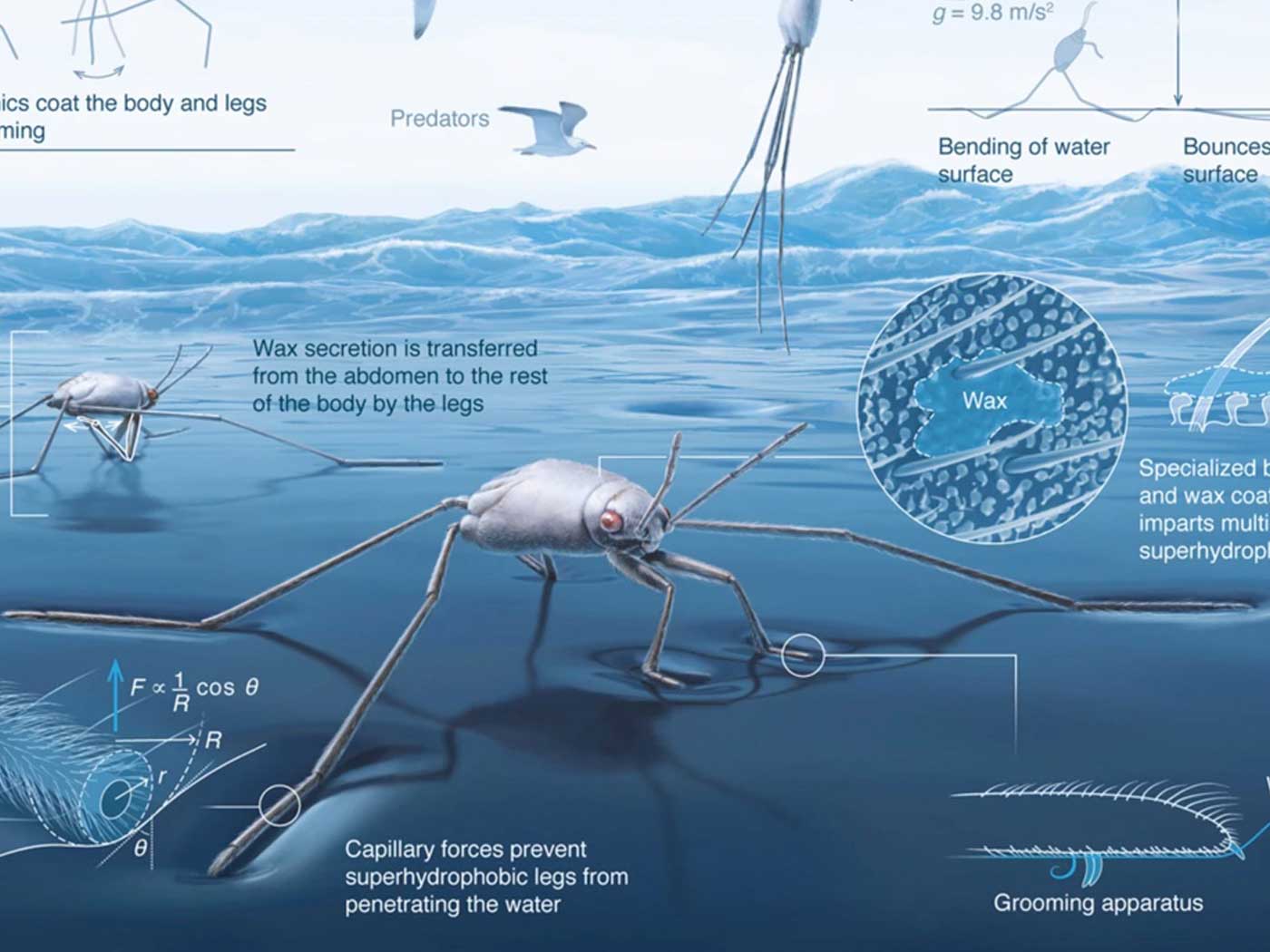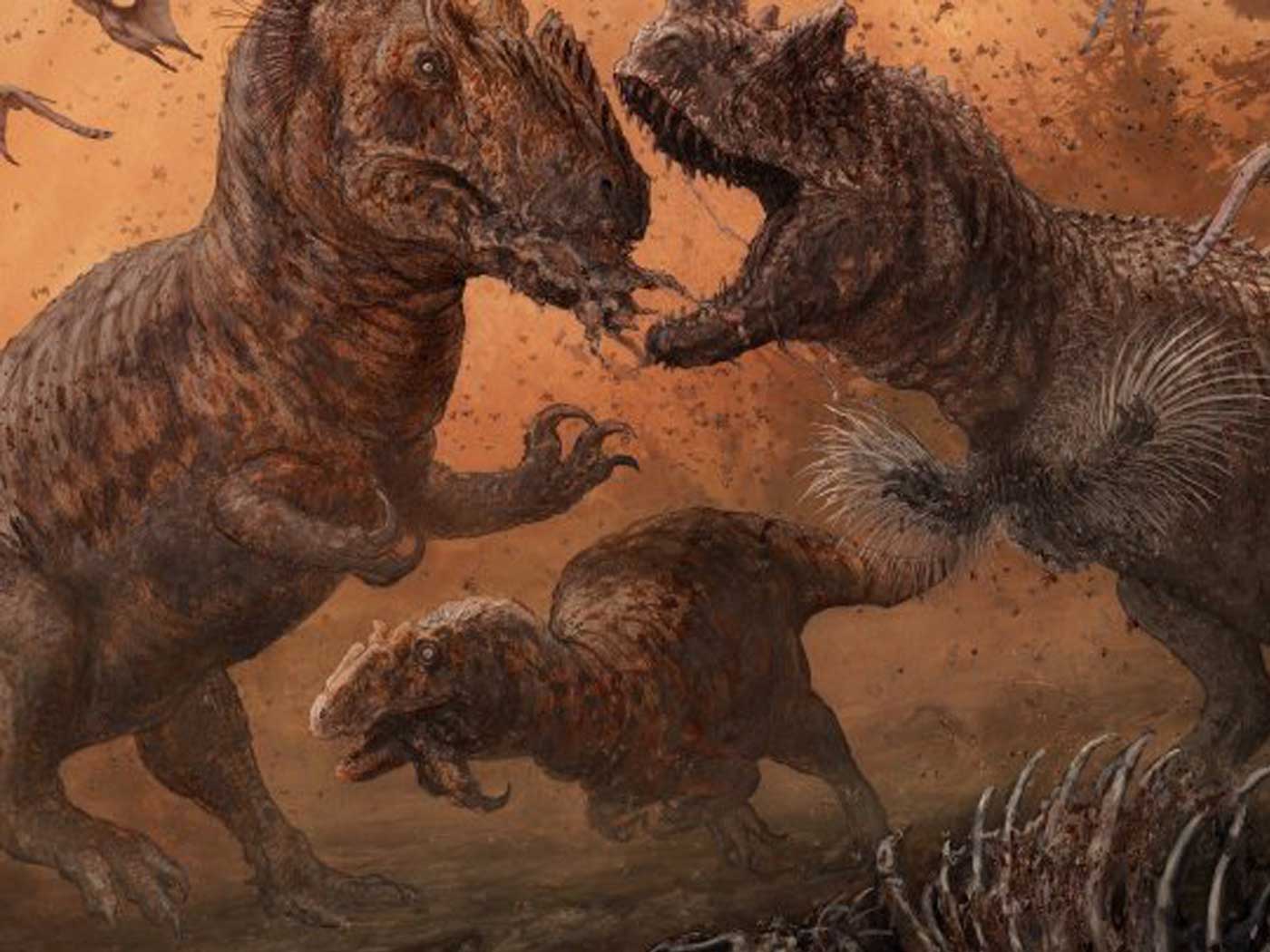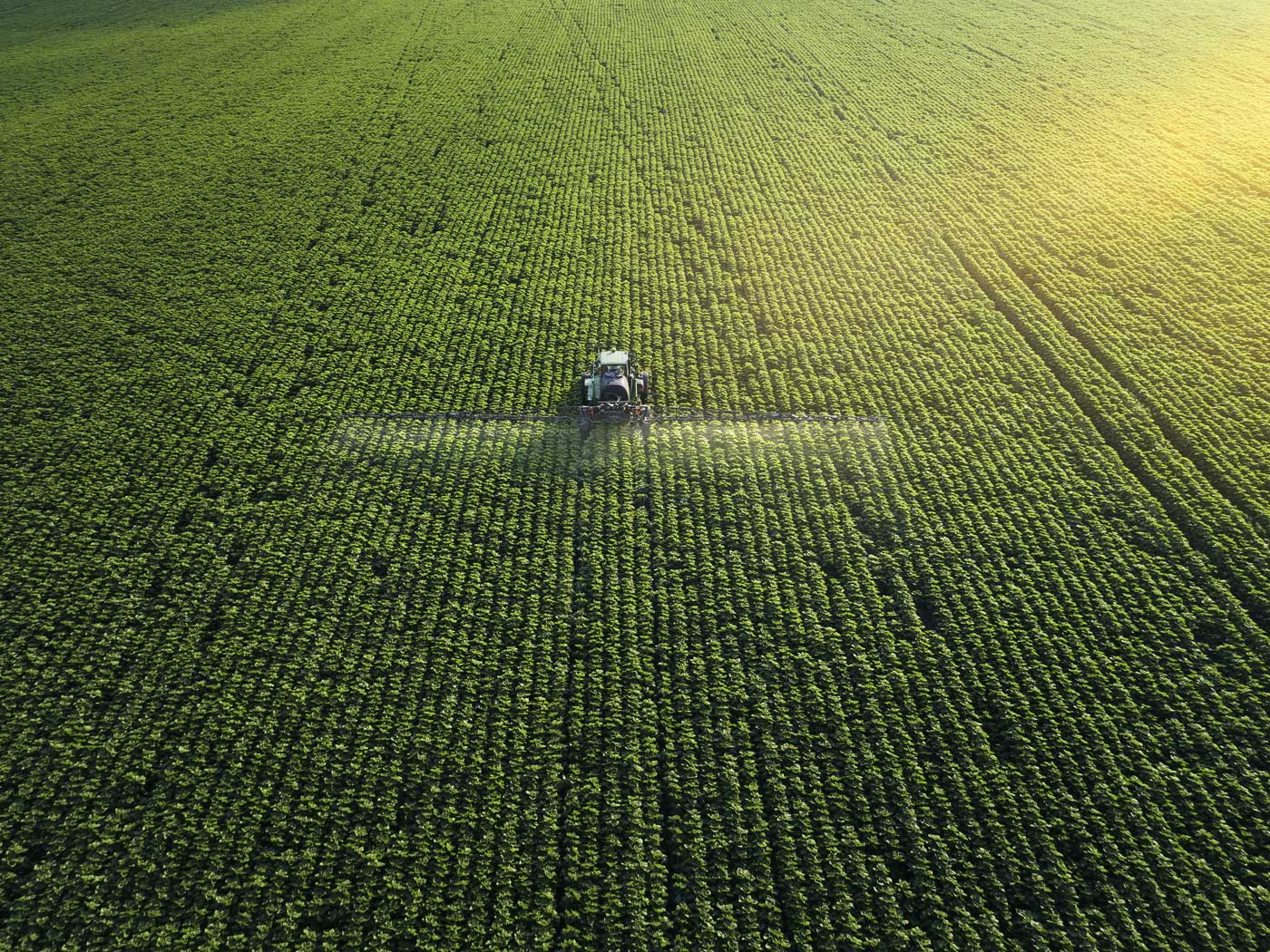In the Chesapeake Bay Journal, Whitney Pipkin recently reported that bald eagles have made a comeback along Virginia’s James River.1,2 This avian population illustrates how a pessimistic situation can be reversed if the right actions are taken—eventually producing a happier result.
First, the bad news. Pipkin reported, “In the late 1970s, the treetops of the James River looked like a ghost town.” The nesting population of bald eagles “had plummeted to zero.”1
Now, the good news. “Four decades later, that same river became the staging ground for the eagles’ astonishing comeback.” Researchers found more than 300 breeding pairs of bald eagles along the James River, “a number that had been the species’ recovery goal for the entire Chesapeake Bay watershed.1
As the Daily Press describes,
When it comes to the Chesapeake Bay, the majestic bald eagle has come back from the dead. Driven from historic nesting strongholds like the James River by pesticides in the 1970s, the national bird has become a success story.2
Furthermore, the big-picture news is even better. Scientists estimate that the wider Chesapeake Bay watershed is home to nearly 3,000 nesting pairs of bald eagles. However, surveys of the area are no longer taken. “Maryland stopped surveying bald eagles in 2004 when they hit nearly 400 breeding pairs statewide, surpassing population goals.”1
Moreover, it’s not just eagles that are flourishing in the Chesapeake Bay area.
“We are just in an amazing time right now,” said Bryan Watts, co-founder and director of the Center for Conservation Biology at the College of William and Mary. … Not just bald eagles, but fish-eaters like osprey and blue heron also once died out on the James.2
These animal populations are believed to be well above what European explorers initially encountered in the New World hundreds of years ago.2
For conservationists, birdwatchers, and other wildlife enthusiasts, these large-scale recoveries are very good news. After all, eagles are America’s official bird.
Beyond that, eagles are amazing creatures that display God’s genius in bioengineering.3
Eagles are good parents, training their sons and daughters to live like eagles (see Deuteronomy 32:11). Eagles can fly, like dive-bombing airplanes, at great speeds (see 2nd Samuel 1:23 and Lamentations 4:19). Their strength is renewed from time to time, as their feather-cover adjusts to their growing bodies (see Isaiah 40:31 and Psalms 103:5). Eagles are known for their gracefulness and dignity (see Proverbs 30:19). In fact, eagles fly very high in the air as a matter of habit—above most other birds (see Proverbs 23:5).4
Meanwhile, the bald eagles’ recovery in the Chesapeake Bay area illustrates how a bad situation can be overcome with the prioritized concern and problem-solving management practices—plus patience.
But this is not the first time that an endangered or threatened wild bird (or other wildlife category) has been rescued from the brink of population failure. Recently ICR reported on the recovery of the trumpeter swan, which nearly sang its own swan song.5 Likewise, tri-colored herons (also called Louisiana herons) have recently reclaimed (and repopulated) ranges that previously they had lost.6
It’s not just the birds. Humpback whales are making a comeback.7 The list goes on, but the list could be longer than what it is.
Wildlife populations often face critical perils, sometimes facing population failure, range contraction, or habitat loss. Sometimes they recover.1,2,5,6
The same is true for humans. For example, it is well worth praying for America to recover from its many socio-political problems in the wake of pandemic perils.8
Problematic situations, including disasters, don’t fix themselves—solutions don’t accidently “evolve.” Much good work is needed to recover lost ground in America. Human responsibility is the key to much of what is needed. Yet God’s providential blessings are needed even more, much more.8
So we need to pray fervently for God’s blessings, daily—not just on the National Day of Prayer.8
References
1. Pipkin, W. 2020. Bald Eagles’ Recovery Along James River Soars to New Heights: Area’s 300 Breeding Pairs Surpass Goal for Entire Chesapeake Watershed. Chesapeake Bay Journal. 30(3):17-18.
2. Dietrich, T. 2019. Bald Eagles Enter ‘Golden Age’ in Chesapeake Bay. Daily Press. Posted on dailypress.com July 9, 2019, accessed May 9, 2020.
3. Eggleton, M. 2016. The American Bald Eagle: On Eagle’s Wings. Creation. 38(2): 34-37. See also Johnson, J. J. S. 2018. Hawks and Eagles Launching Skyward. Acts & Facts, 47(4): 21.
4. Johnson, J. J. S. 2008. Alaska’s Coastal Rainforests and Two of its Rangers, the Bald Eagle and the Alaska Moose. Dallas: NWD Press/RCCL’s Radiance of the Seas, 10-11.
5. Johnson, J. J. S. Post-Coronavirus Comeback or Swan’s Song? COVID-19 News. Posted on ICR.org April 23, 2020, accessed May 11, 2020.
6. Johnson, J. J. S. 2019. Does Global Warming Threaten Bird Habitats? Acts & Facts. 48(6): 21.
7. Billups, T. 2020. New Study: How to Clean our Oceans by 2050. Creation Science Update. Posted on ICR.org April 8, 2020, accessed May 11, 2020.
8. James 5:16; 1 Timothy 2:1-3. See also Johnson, J. J. S. 2020. Prayers for America and our Divine Editor. Creation Science Update. Posted on ICR.org May 7, 2020, accessed May 11, 2020.
*Dr. Johnson is Associate Professor of Apologetics and Chief Academic Officer at the Institute for Creation Research.




